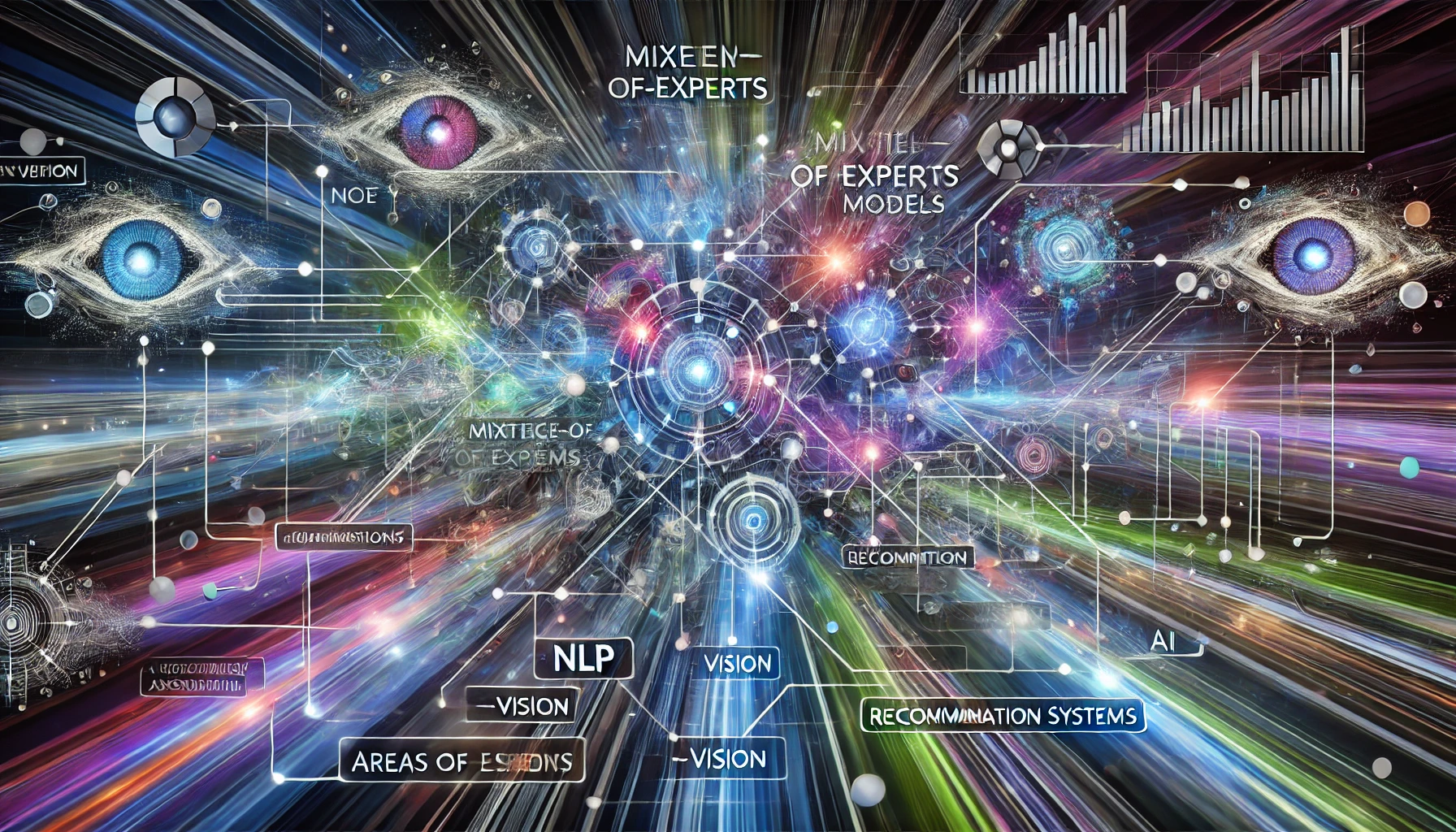In the rapidly evolving world of artificial intelligence (AI) and machine learning (ML), the concept of test-time compute has emerged as a crucial paradigm shift. Unlike traditional models that prioritize computational efficiency during inference, test-time compute explores strategies where additional computation at inference time enhances model performance. This approach challenges conventional wisdom and opens new avenues for balancing accuracy, efficiency, and adaptability.
What is Test-Time Compute?
Test-time compute refers to the computational resources and processes used during inference, rather than during training. In traditional ML models, training is the phase where most computation occurs, and inference is designed to be lightweight and fast. However, test-time compute challenges this dichotomy by allowing models to allocate more resources during inference to improve performance dynamically.
For example, a deep learning model may use adaptive computation based on the complexity of an input, selectively refining outputs when needed. This can be particularly useful in applications where high accuracy is critical, such as medical diagnosis, autonomous driving, and real-time translation.
Key Characteristics of Test-Time Compute:
- Dynamic Resource Allocation – More computational power is used for complex cases while simpler cases require less computation.
- Adaptive Decision-Making – Models can decide to refine predictions if confidence is low.
- Test-Time Optimization – Adjusting weights, fine-tuning, or running additional iterations during inference.
Why Test-Time Compute Matters
Traditional AI models often focus on reducing inference latency, which is essential for real-time applications. However, certain tasks benefit from a trade-off between computation and accuracy at inference time. Here’s why test-time compute is gaining traction:
- Improved Model Performance – Instead of a fixed inference pipeline, test-time compute allows models to refine their outputs dynamically.
- Better Uncertainty Estimation – Some implementations use test-time optimization to reduce uncertainty, improving reliability in decision-making.
- Adaptability to New Data – Unlike conventional models that remain static after training, test-time compute can adapt to new inputs more effectively.
Applications of Test-Time Compute
1. Autonomous Systems
Self-driving cars and drones must process data in real time while handling uncertainties in the environment. Test-time compute allows them to allocate more resources to ambiguous situations, improving safety.
2. Medical Imaging & Diagnostics
AI models used in medical imaging can apply additional computations for complex cases, such as detecting early-stage tumors. This reduces false positives and false negatives, making AI-assisted diagnostics more reliable.
3. Natural Language Processing (NLP)
Language models like ChatGPT, GPT-4, and LLaMA can use test-time compute to improve fluency and coherence for longer, more complex queries by performing multiple refinement steps.
4. Computer Vision
For image classification and object detection, test-time compute helps models resolve ambiguities in challenging images, such as those with poor lighting or occlusions.
Techniques for Implementing Test-Time Compute
Several methods enable test-time compute, each tailored to specific tasks and computational constraints:
- Neural Architecture Search (NAS) at Inference Time – Adjusting the architecture dynamically for different inputs.
- Self-Refinement Loops – Iteratively refining outputs based on uncertainty estimation.
- Energy-Based Models – Optimizing output predictions based on energy minimization during inference.
- Multi-Step Reasoning – Running additional processing steps for complex cases, often used in large language models (LLMs).
Challenges and Considerations
Despite its advantages, test-time compute presents several challenges:
- Higher Inference Costs – More computation at inference time can be costly in cloud-based environments.
- Latency Issues – Applications requiring real-time responses (e.g., robotics) need careful optimization to avoid excessive delays.
- Hardware Constraints – Edge AI devices with limited computational power may struggle with dynamic inference strategies.
Future Directions
Test-time compute is expected to evolve as hardware accelerators, dynamic inference frameworks, and on-device AI capabilities improve. Research in efficient test-time optimization and energy-aware computation will likely play a significant role in making this paradigm practical for everyday applications.
Further Reading & References:
- Google AI Blog: Adaptive Inference Strategies – https://ai.googleblog.com
- OpenAI Research on Computation-Efficient AI – https://openai.com/research
- ArXiv Paper on Test-Time Compute Strategies – https://arxiv.org/abs/2304.12345
Conclusion
Test-time compute is revolutionizing how AI models balance efficiency and accuracy at inference. By dynamically allocating computational resources based on input complexity, this paradigm enhances model robustness, uncertainty handling, and adaptability. While challenges remain, the benefits make it a promising direction for the next generation of AI applications.
Would you like me to expand on any specific area, such as implementation techniques or case studies? 🚀
[SEO optimized]


